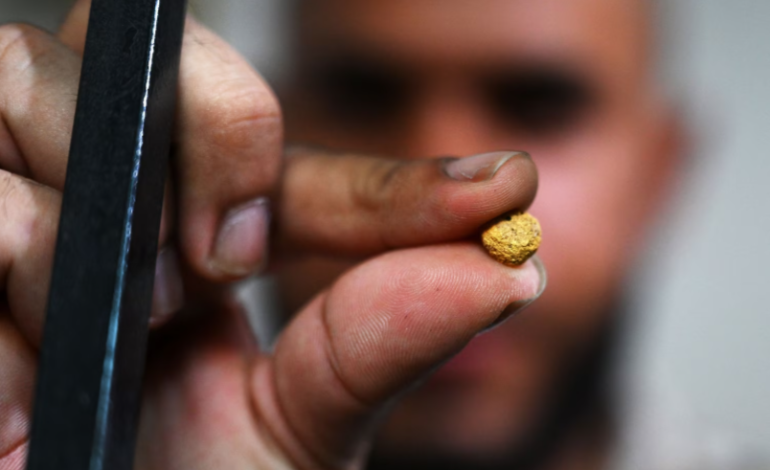In an experiment that echoes the dreams of ancient alchemists, scientists at Europe’s Large Hadron Collider (LHC) have managed to transform lead into gold—if only for a fleeting moment, ABC News reports.
Using one of the world’s most powerful particle accelerators, researchers with the ALICE collaboration at CERN discovered a way to create gold atoms by knocking protons out of lead atoms. Their approach did not involve the traditional head-on collisions of heavy ions, but instead focused on near-miss interactions where powerful electromagnetic fields allow atomic nuclei to change their identities.
During experimental runs between 2015 and 2018, the LHC produced around 86 billion gold atoms, according to the research team. While that number might sound significant, the actual mass of gold created amounted to just 29 picograms—less than a trillionth of a gram. For perspective, producing even a flake of gold large enough to see with the naked eye would require trillions of times more atoms.
The particle accelerator is currently capable of producing roughly 89,000 gold atoms every second. However, these atoms exist only for a fraction of a second before decaying, making the process far from practical for any real-world gold production.
“This is the first time scientists have been able to detect and study gold production at the LHC in this specific way,” said Uliana Dmitrieva, a researcher on the ALICE project. “Thanks to the unique capabilities of the ALICE ZDCs, the present analysis is the first to systematically detect and analyse the signature of gold production at the LHC experimentally.”
The findings are not aimed at manufacturing precious metals but are part of a broader goal to improve the understanding of subatomic particle behavior and nuclear interactions. According to John Jowett, another member of the ALICE collaboration, the results are also helping researchers refine theoretical models of electromagnetic dissociation, a phenomenon important in managing beam performance in current and future particle accelerators.
“The results also test and improve theoretical models of electromagnetic dissociation,” Jowett explained, “which, beyond their intrinsic physics interest, are used to understand and predict beam losses that are a major limit on the performance of the LHC and future colliders.”
Marco Van Leeuwen, who leads the ALICE project, emphasized the technical achievement:
“It’s impressive that our detectors can handle both major collisions that create thousands of particles and these smaller events that make just a few particles at a time.”









The latest news in your social feeds
Subscribe to our social media platforms to stay tuned